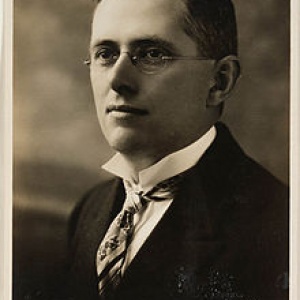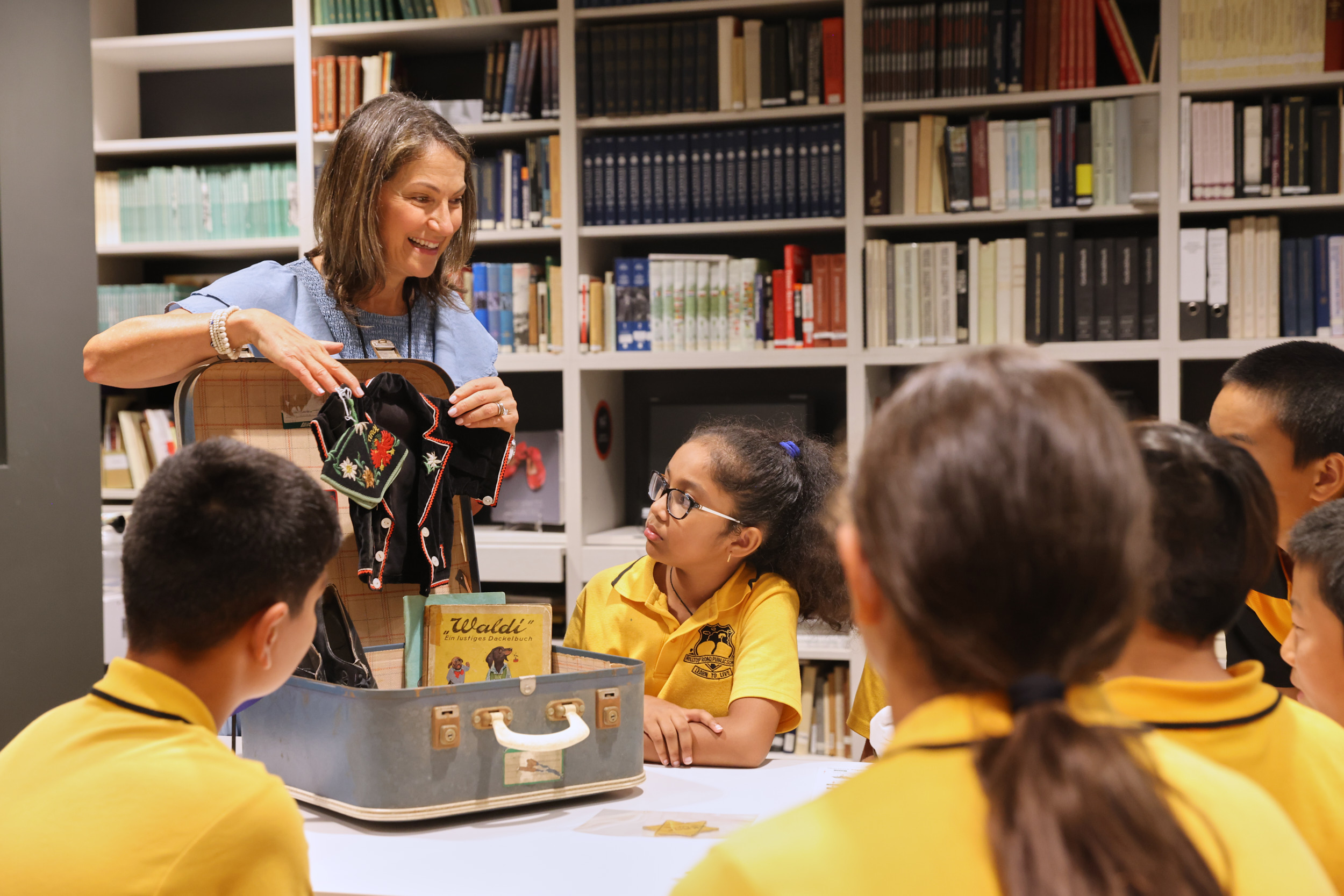Blog
May 26, 2016
It takes a village…
Adding names to the acknowledgements list for the new exhibition the other day, I was struck by the extraordinary number of people who have contributed to our work.
Academics, professionals, Survivors, high-profile figures and community members have all made their mark, enriching the exhibition with their insights and expertise. Currently I am liaising with archives and museums all over the world in my search for obscure photographic evidence and testimony. I open my inbox every morning to find correspondence in a Babel of languages, usually accompanied by the item I was looking for or a referral to someone else who might help. The generosity of the people and places we approach for assistance is a heartening glimmer in the middle of often dark work.
It is not just professionals who contribute. There is also a host of friends and family who support us by popping out to the library, listening to us think aloud, checking translations, making endless cups of tea and encouraging us on difficult days. The new exhibition is the culmination of a multitude of efforts by people of all walks of life.
As for me, when I tell people about my work at the Museum, I am often asked what drew my interest to the Holocaust. I respond that my background in human rights law and policy led me to the place where the global human rights movement started.

Dr Herbert “Doc” Evatt, the only Australian to ever act as Secretary General of the United Nations, presided over the passing of the Universal Declaration of Human Rights in 1948.
The Charter of the United Nations and the Universal Declaration of Human Rights were crafted against the backdrop of the Second World War and the Holocaust. On the first anniversary of the Universal Declaration, a United Nations public announcement stated:
It was quite clear that Nazi and fascist violation of every basic right had been one of the causes of the War, and that adequate safeguards would have to be provided to ensure that such violations would not happen again.
Understanding the background and genesis of human rights is a crucial step to ensuring their effective implementation and protection today.
At the outset of this project, I wondered whether it was appropriate for me, as a non-Jewish person, to be involved in telling the story of the Holocaust. But I now believe that the Holocaust, in addition to its intimate relevance for the Jewish people, also holds a universal relevance. We all have a stake in protecting the inherent worth and dignity of people and peoples around the world. And when human rights are violated, especially in such a horrific way as they were in the Holocaust, the whole world is injured, and tainted.
I am proud to be working on this exhibition, which I believe has a real role to play in safeguarding human rights in our society today – by acting as a reminder of what can happen when humanity is forgotten or abandoned, and there is nothing to stand in its place.
Author: Sarah Haid, Researcher


What’s On Newsletter
Keep up to date on all Museum events and exhibitions.